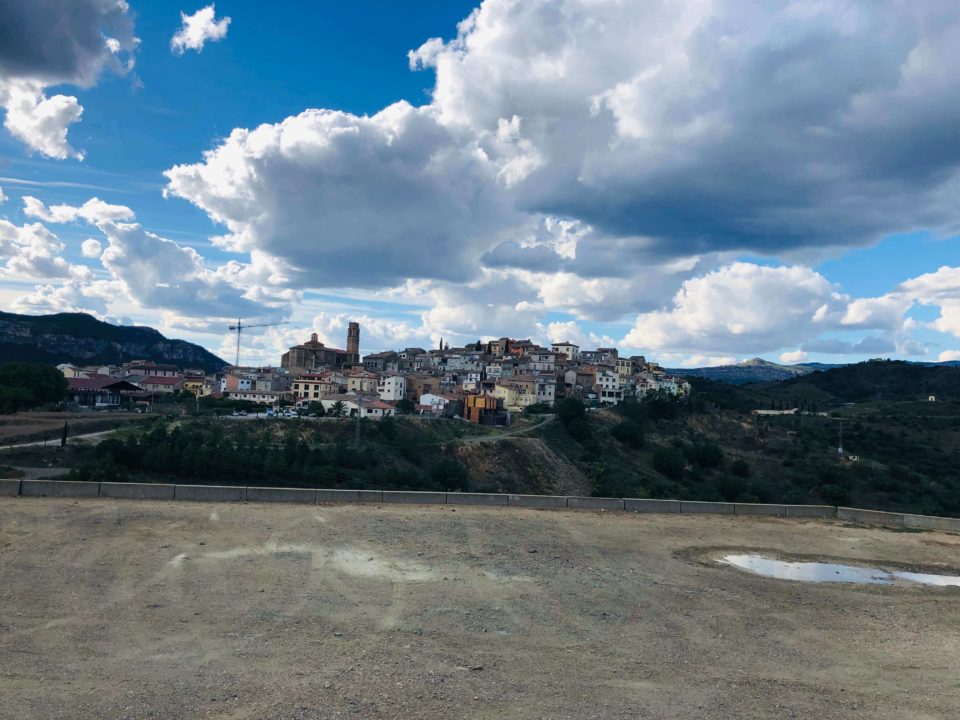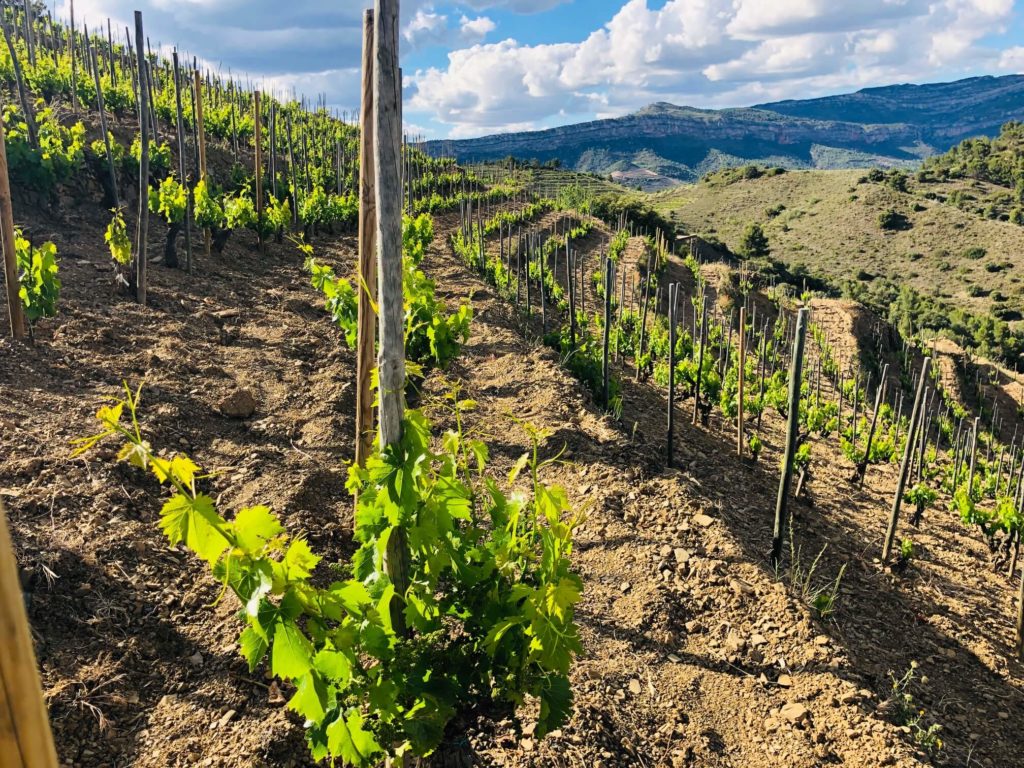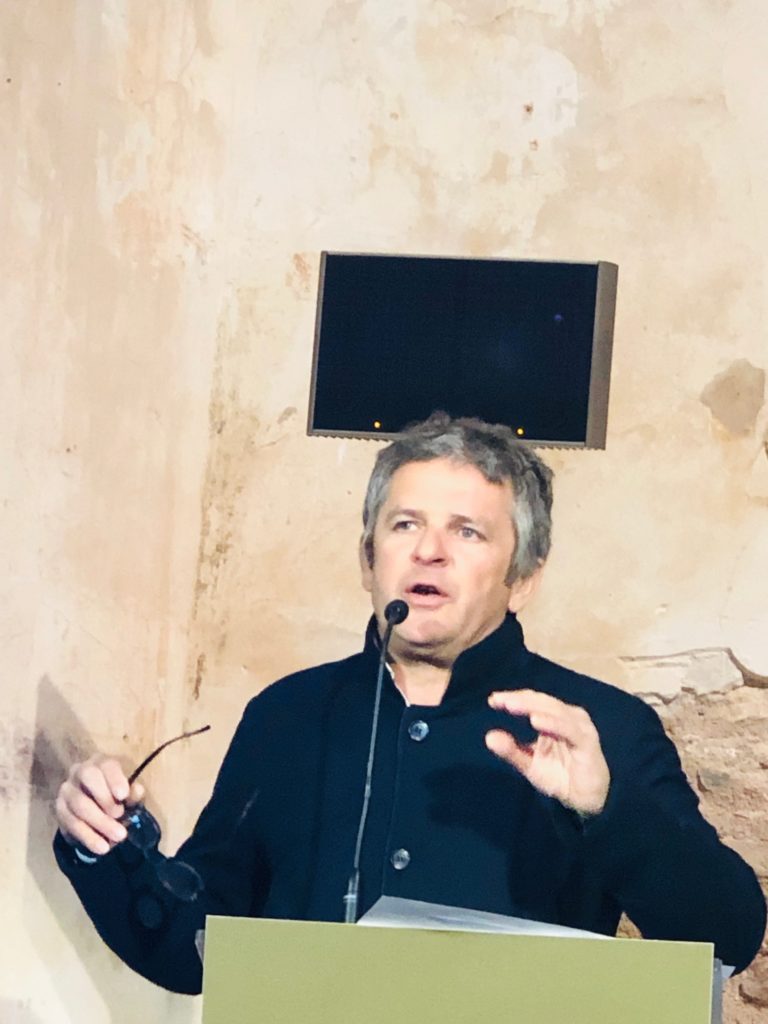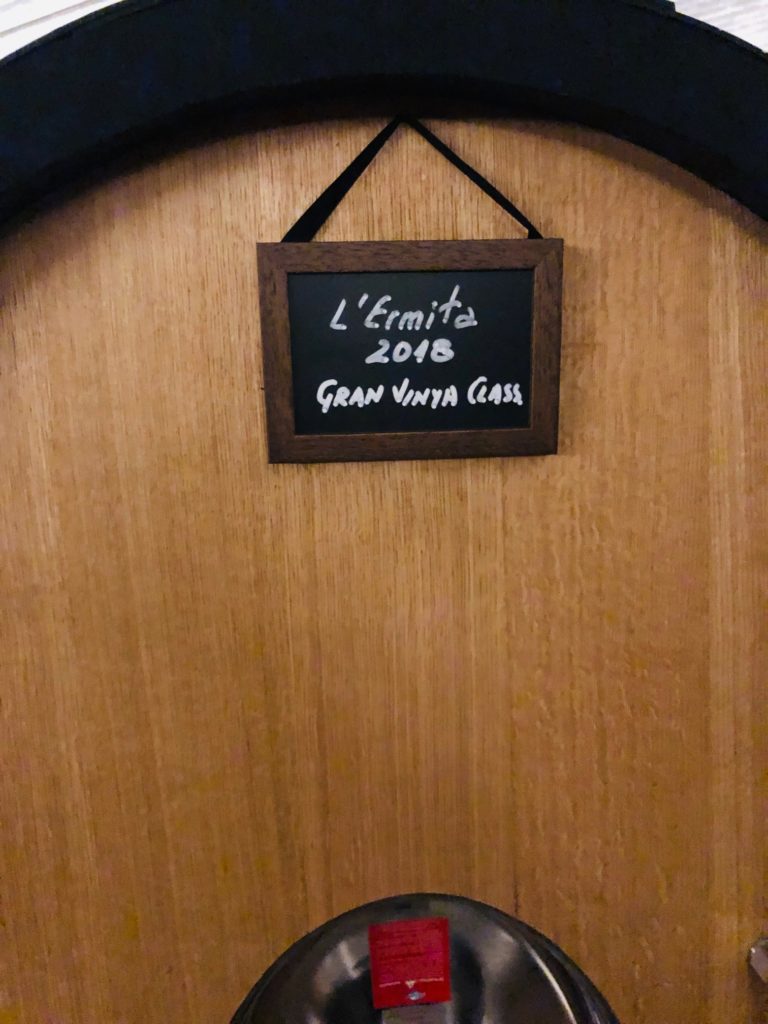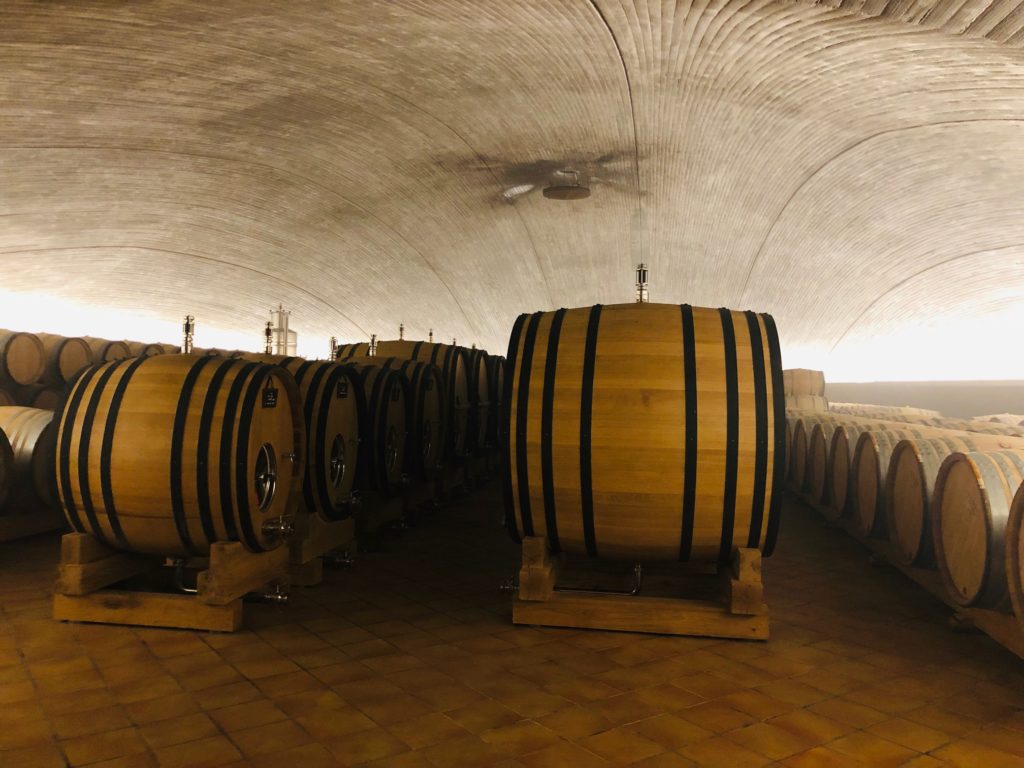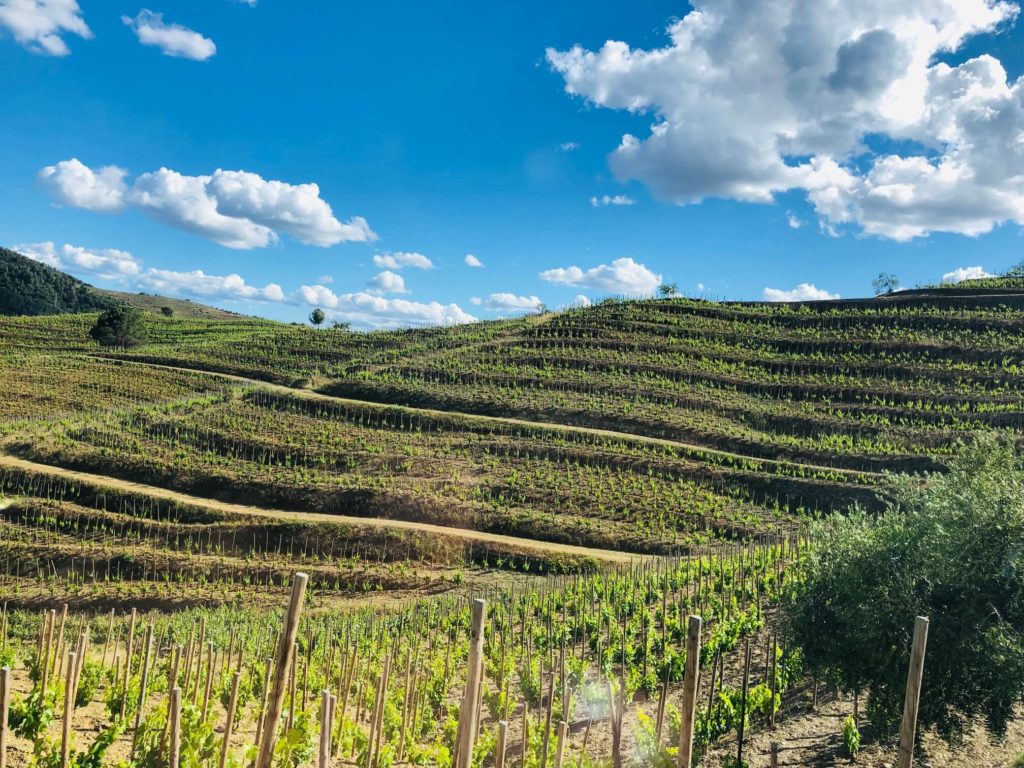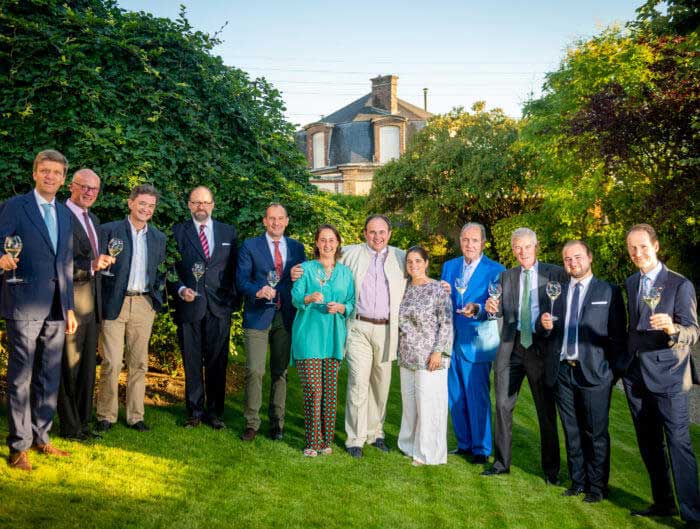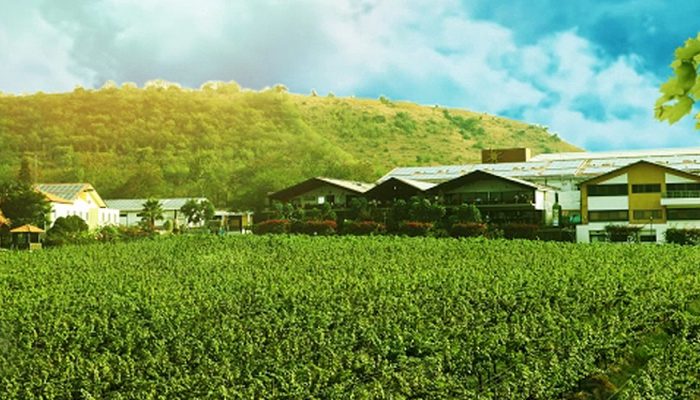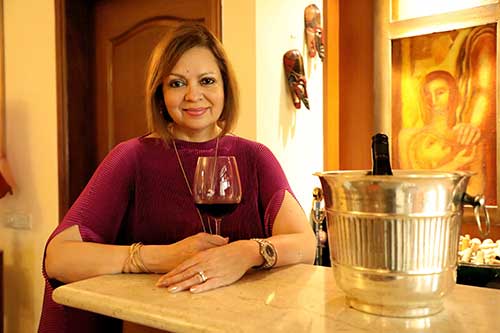There is something mystical and magical about the tiny Spanish DOCa of Priorat. From its standout wines to its stark beauty, this is a wine region to wine lovers discover
Last night I dreamt I was in Priorat again.
In a four-wheel drive, I was careening down the single winding road linking its tiny villages studded with sharp hairpin bends, on my way to the Espai Priorat conference at the Carthusian Monastery of Scala Dei. I dreamed I was tasting the wines again, feeling their silken weight on my palate; the rich, fresh, fruit-laden notes expressing themselves in wines that were still very young but would grow into beautiful versions of their younger selves.
Alas, summer is here and Priorat is far away. But no better way to revisit that stark, majestic land than to write up a few notes on the wine producers I met, the wines I tasted. These are places a wine lover must put on his bucket list. Yet, Priorat has small wineries which are simply constructed, there are no tour guides, no Gehry-designed swirling roofs that dazzle visitors as at Marquis de Riscal, that award-winning golden-topped winery in Rioja, which notched up 9th place on the 50 Best Vineyards 2019 list.
What Priorat does is make friends and influence people through its spectacular wines.
I wrote a story on my visit to Priorat for The Hindu Weekend. But there is still more information I would like to share. I’m putting it into this series of blogs, where I hope it would be useful to wine lovers intrigued enough to visit this rare gem of a region.

The iconic L’ Ermita vineyard at Gratallops, Priorat.
(Main picture) Gratallops village seen from Alvaro Palacios’ winery. Pics: Ruma Singh
Espai Priorat, Priorat’s biannual conference that interfaces its wine producers with the world of wine journalists and sommeliers, was held in Cartoixa d’Escaladei, the 12th-century monastery built by the region’s all-powerful Carthusian monks who set up home in Priorat, recognizing the region’s climate and soil’s great potential. Over centuries, they became influential and rich, owning vineyards as far as the eye could see. Priorat’s close connection with the divine is still evident: the symbol of Priorat is the ‘escaladei’ or ladder of God. Legend has it that a shepherd fell asleep one night on the hills under the magnificent Serra de Montsant, and in his dreams (possibly fuelled by wine?) he saw an angel ascending a ladder up to the heavens. This spot is where the monastery was built and exists even today, much of it in ruins, save for the great hall where the conference was held.
So the new Priorat, with its gentler, more elegant and restrained wines is barely 30 years old.
Priorat the wine region juxtaposes both old and new – after the Carthusians, the vines flourished for centuries until the phylloxera devastation of the late 19th century. The Spanish financial crisis worsened the situation. It was only in the 1980s that Priorat was rebuilt by a band of intrepid wine producers, many of them outsiders to the region, who injected fresh life and a new interpretation of the wine. Hitherto, Priorat was known for its massive, high alcohol wines, a reputation that dogs it to the present day.
Terroir: Located 200 to 600 m above sea level, Priorat is marked by steep hilly slopes which make the vineyards almost unworkable by machine. Mules and horses are the preferred way of tilling the land. Its mineral-rich metamorphic schist soil is known locally as llicorella, the brittle grey, red and black stones lining the hills everywhere. The climate is arid, causing the vines to drive their roots deep into the soil, in search of water and nutrients. Yield is low, and production is often tiny. The difficulty with terrain, the dry continental climate makes water scarce.

Alvaro Palacios introduces Els Noms de la Terra at Espai Priorat 
L’Ermita rests in its foudre at the Alvaro Palacios winery in Gratallops
Grapes: Garnacha (Grenache) leads the way as the region’s top grape, with Cariñena (Carignan) gaining new popularity for its elegant single varietal wines. Priorat wines are predominantly red, with a small percentage of white grapes planted. International varieties are finding their way there – Cabernet Sauvignon, Merlot, Syrah among others.
The Priorat producers
Priorat is at the same time old (think the Carthusian monks) and new (the revival in the 1980s), both ancient and modern. The wines are rich, elegant and on par with the world’s best while being far less easily available.
Should you be keen to plan a visit to Priorat or taste its wines, here are some wine producers you should know about.
- Alvaro Palacios
Polígono Industrial 6, Parcela 26, 43737 Gratallops, Spain
The only Spanish producer whose wines are snapped up en primeur, making it among the best wine brands known in Spain. Born into a well-known winemaking family in Rioja, he was one of the ‘revivalists’ of the 1980s and 90s responsible for the resurgence of Priorat.
Alas, his sleek winery in Gratallops is not open for regular winery visits. We drew the lucky short straw, I guess, as our group of somms and journalists was taken around the winery by his cellar master, Oriol Castells I Gasulla. The winery, built in the 1990s is already too small for the growing demand for his wines, virtually impossible to find in retail. The imposing domed chai where the barrels rested, were marked with the names of iconic vineyards. Pre-visit, we were driven around the vineyards (45 hectares bordered by the Erbo river), including the iconic L’Ermita, whose single-vineyard Grenache sells for upwards of €1000. Says Castells, “In Priorat, you can make full-bodies wines that are fresh.” Indeed, ‘fresh’ was a word I heard often from the winemakers and was evident in the wines I tasted.
Production: 400,000 bottles of all labels.
Wines:
Alvaro Palacios Finca Dofi: His oldest vineyard, bought in 1990. 90% Garnacha, 9% Cariñena, 1% white grapes. From €75, 20,000 bottles.


The domed chai at Alvaro Palacios (left); Vineyards at Gratallops
Alvaro Palacios L’Ermita Velles Vinyes 2018:78% Garnacha, 20% Cariñena, 2% white grapes. This iconic 1.5 hectare vineyard and its 80- year-old vines (planted 1939) is Priorat’s first-ever Grand Vinya Classificada, the most prestigious wine made in Priorat, and arguably in Spain. It nails near-perfect scores and prices from €1000. Production about 1000 bottles.
Alvaro Palacios 2018 Les Aubaguetes: 70% Garnacha, 28% Cariñena, 2% white grapes from a 118-year-old vineyard planted in 1900. From €360, about 1200 bottles.
Alvaro Palacios Vi de Vila 2018: 74% Garnacha, 25% Cariñena, 1% white grapes. From €50, around 20,000 bottles.
Alvaro Palacios La Baixada 2018: The latest add on to the portfolio, 98% Garnacha, 2% white grapes 24 year old vines. 2400 bottles made.
Look out for the next blog Priorat II: Top producers Clos Mogador, Clos Figueras, Mas Doix, Gratavinum, Gran Predicat, Burgos Porta and tips for visiting Priorat

